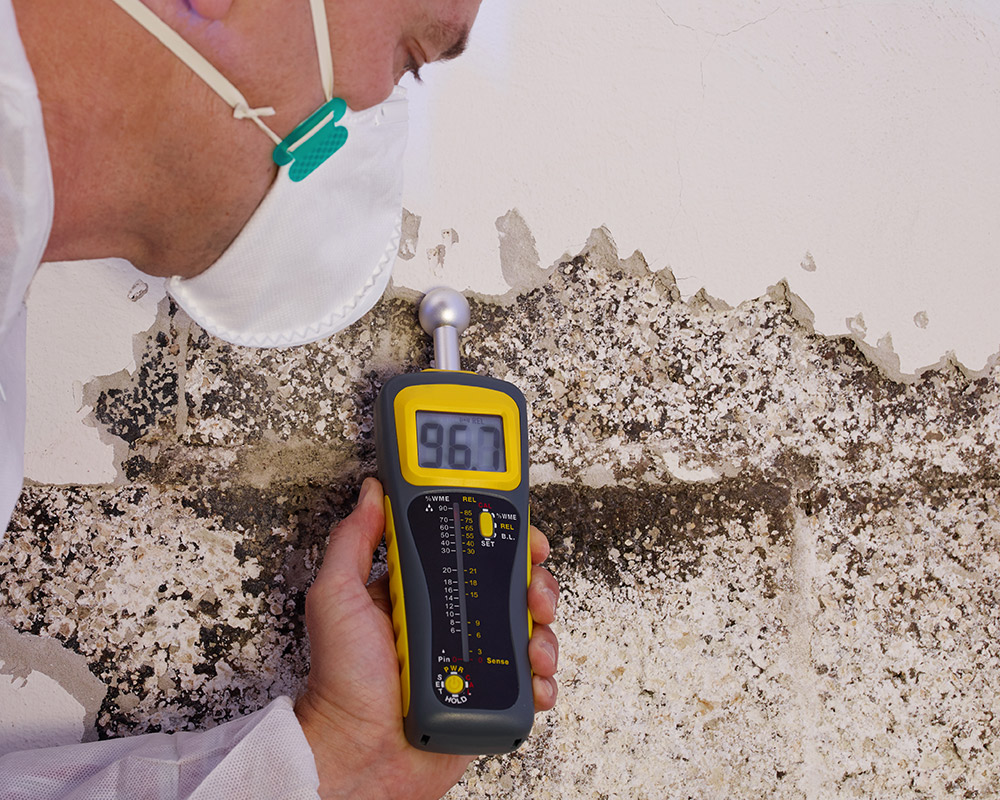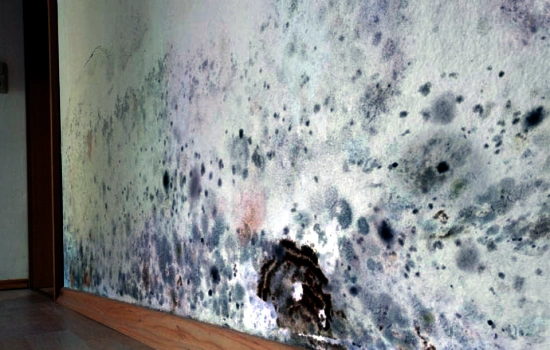After Mold Remediation Approaches for Clean Areas
After Mold Remediation Approaches for Clean Areas
Blog Article
Your Ultimate Overview to Blog Post Mold And Mildew Remediation Methods
Browsing the world of post-mold removal strategies is a meticulous procedure that requires attention to information and an extensive understanding of the details entailed. In the results of mold infestation, recognizing how to efficiently eliminate the mold and mildew and avoid its reoccurrence is critical for preserving a healthy indoor setting. From choosing the best cleaning and disinfecting techniques to executing methods for long-term mold prevention, each step in the remediation journey plays an important duty in ensuring an effective result. As we embark on this exploration of post-mold removal techniques, we will certainly discover the vital approaches and ideal methods that can assist you recover your space to its pre-mold condition and secure it against future mold risks.
Recognizing Post-Mold Removal Process
After finishing the mold remediation process, it is vital to recognize the post-mold remediation techniques that are required to make certain a thorough and reliable clean-up. Once the mold has been gotten rid of, the following action entails cleaning and sanitizing the impacted locations to stop any regrowth of mold and mildew. This includes using specialized cleaning agents to wipe down surfaces and eliminate any remaining mold spores. It is vital to dry the location completely to prevent the growth of mold in the future (After mold remediation). Proper air flow and dehumidification can assist in this procedure.
In addition, conducting a last inspection post-remediation is vital to guarantee that all mold and mildew has actually been effectively removed. If the evaluation discloses any sticking around mold and mildew, additional removal may be necessary.
Effective Cleaning Up and Sanitizing Techniques

Avoiding Future Mold Growth

Significance of Appropriate Air Flow
Correct ventilation plays a crucial function in stopping moisture accumulation, a crucial factor in mold and mildew growth within indoor atmospheres. Reliable air flow systems aid remove excess humidity from the air, minimizing the chances of mold spores finding the wetness they need to spread out and germinate. Without appropriate air flow, indoor areas can become a breeding ground for mold, leading to possible health risks and structural damage.
By ensuring correct air blood circulation, ventilation systems can also assist in drying moist areas faster after water damages or flooding occurrences, better hindering mold and mildew development. Post Remediation mold removal on drywall Inspection near me. Precede like washrooms, kitchens, attics, and basements where wetness degrees tend to be higher, mounting and preserving efficient air flow systems is crucial in stopping mold infestations

Monitoring and Maintenance Tips
Offered the important duty that proper ventilation plays in protecting against mold growth, it is important to establish efficient monitoring and maintenance pointers to make certain the continued performance of ventilation systems. Regular assessments of air flow systems must be carried out to examine for any type of indicators of blockages, leaks, or breakdowns that could restrain appropriate airflow. Tracking humidity degrees within the building is additionally crucial, as high humidity can add to mold and mildew growth. Setting up a hygrometer can assist track humidity degrees and sharp homeowners to any spikes that might require interest. Additionally, ensuring that air filters are regularly cleansed or changed is crucial for preserving the efficiency of the air flow system. Applying a routine for routine maintenance jobs, such as air duct cleansing and cooling and heating system examinations, can aid avoid problems before they escalate. By staying positive and mindful to the problem of ventilation systems, property proprietors can remove mold spots from wood effectively mitigate the danger of mold and mildew regrowth and preserve a healthy and balanced interior atmosphere.
Conclusion
In final thought, post-mold remediation techniques are vital for ensuring a risk-free and tidy environment. Understanding the procedure, applying reliable cleansing and decontaminating techniques, avoiding future mold and mildew development, keeping appropriate air flow, and normal monitoring are all vital actions in the remediation procedure. By complying with these standards, you can effectively eliminate mold and mildew and avoid its return, functioning or advertising a healthy living room for all occupants.
In the after-effects of mold infestation, recognizing just how to effectively eradicate the mold and mildew and stop its reoccurrence is extremely important for maintaining a healthy and balanced indoor setting. Once the mold and mildew has been removed, the following action entails cleansing and decontaminating the affected locations to prevent any regrowth of mold - what to do after mold remediation. After getting rid of visible mold and mildew growth, it is vital to clean all surfaces in the affected location to get rid of any kind of remaining mold spores. To even more boost mold prevention measures, it is important to resolve underlying concerns that at first led to mold advancement.Provided the vital function that appropriate ventilation plays in avoiding mold and mildew development, it is imperative to establish efficient surveillance and upkeep pointers to ensure the continued functionality of ventilation systems
Report this page